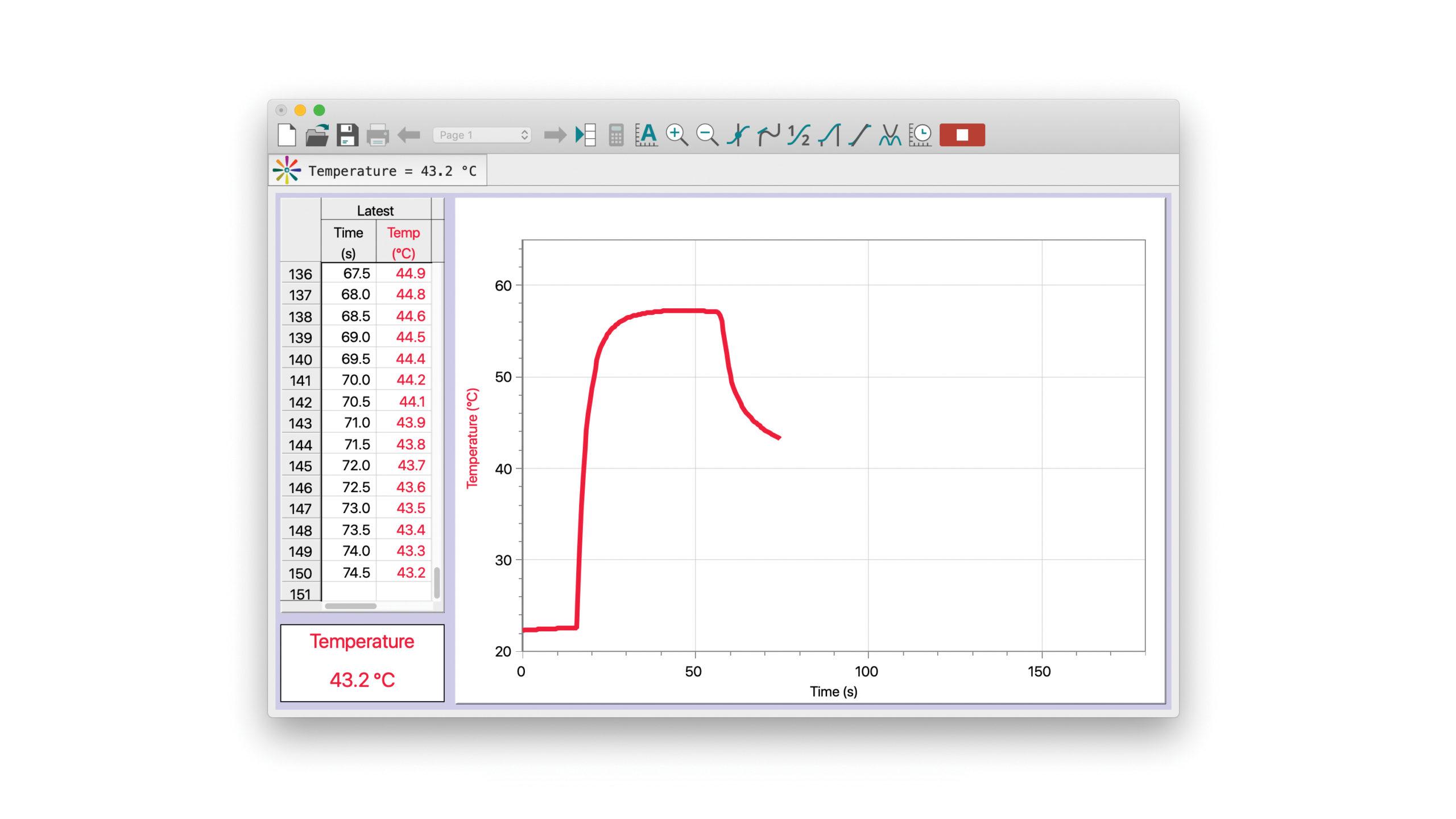Introduction
Have you ever noticed that if a car with a horn blowing is moving past you rapidly that the sound waves emitted by the horn seems to change frequency? In 1842 an Austrian physicist, Hans Christian Doppler, observed and analyzed the same phenomenon for sound emitted by a passing train. Hence the phenomenon is known as the Doppler Effect.
A similar effect is found for the propagation of light and other electromagnetic waves from moving sources. In fact highway patrol officers use radar to measure Doppler shifts in radio waves so they can determine how fast vehicles are moving.
In this activity, you will work with movies of a honking car moving fairly rapidly on a straight level road past a stationary microphone.
Objectives
In this activity, you will
- Verify that the Doppler Equations can be used to predict the ratio (fF / fB) of the apparent car horn frequencies before and after the car passes the microphone.
Sensors and Equipment
This experiment features the following sensors and equipment. Additional equipment may be required.
Ready to Experiment?
Ask an Expert
Get answers to your questions about how to teach this experiment with our support team.
- Call toll-free: 888-837-6437
- Chat with Us
- Email support@vernier.com
Purchase the Lab Book
This experiment is #23 of Physics with Video Analysis. The experiment in the book includes student instructions as well as instructor information for set up, helpful hints, and sample graphs and data.


